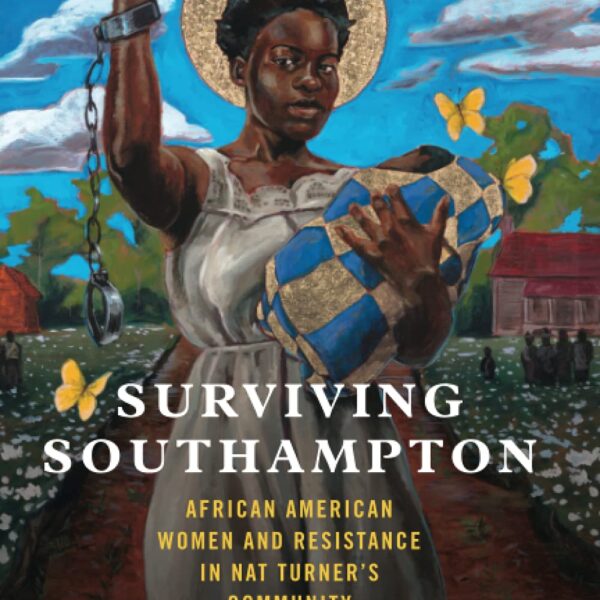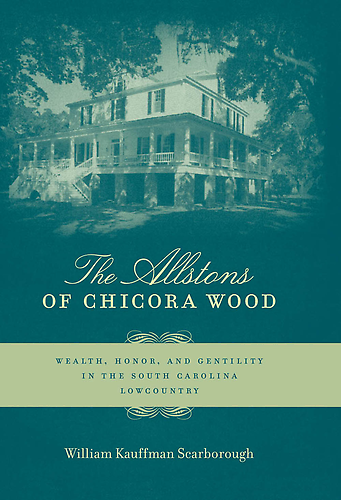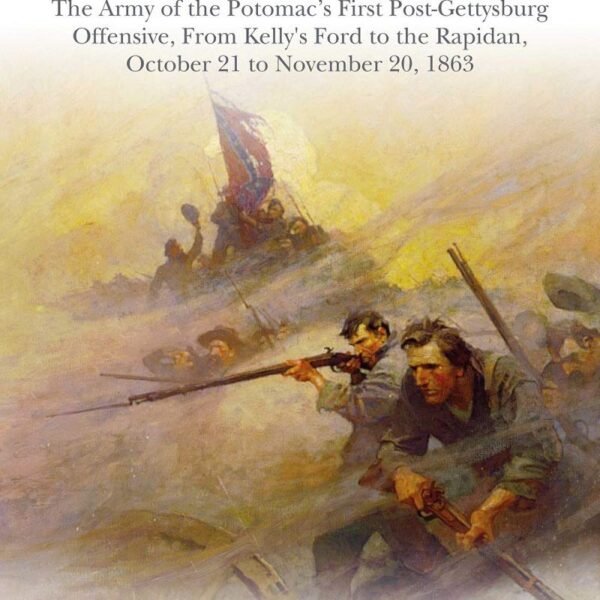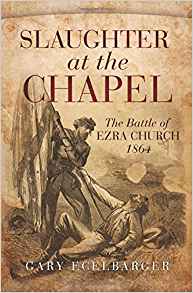Close students of Civil War military history are familiar with the long career and good work of Dennis E. Frye. As chief historian at Harpers Ferry National Historical Park, Frye’s expertise on the 1862 Maryland Campaign has touched thousands through his publications, battlefield tours, lectures, and professional work within the National Park Service. Thus one is tempted to assume that his latest monograph would be an operational examination of military maneuvers along the Potomac in the late summer of 1862 culminating in the Battle of Antietam.
September Suspense: Lincoln’s Union in Peril is no such thing. Frye devotes precisely five pages to the September 17 engagement near Sharpsburg, Maryland and one short chapter on the Battle of South Mountain and the siege and capture of Harpers Ferry. Instead, Frye takes a much broader look at America at war during September 1862, albeit with emphasis on events in Maryland. “As eventful September ended, no month of the war had equaled its tempo and its temperament. No single day had brought more terror across a broad front of the Union than September 11. No single day had been bloodier than at Antietam on September 17. No single day had been more transformative than Preliminary Emancipation day on September 22” (229). This penultimate paragraph of Frye’s work summarizes the thesis and scope articulated in this excellent study.
Frye relies almost exclusively on articles from contemporary newspapers—primarily the Philadelphia Inquirer and the Baltimore American and Commercial Advertiser. Although his narrative is consequently skewed toward the northern perspective, numerous quotations republished in these periodicals from Virginia newspapers provide balance. Many of these sources will be deliciously new to most readers.
September Suspense is a page-turner—particularly for those unfamiliar with the events unfolding during this stage of the war. In point of fact, Frye appears to target a popular audience rather than those looking for new insights on George McClellan and Robert E. Lee. Frankly, readers who are well-versed in the period will find little that is new (save the fresh and quotable newspaper excerpts). Frye has no intention of advancing new theories on the war’s second year or providing original analysis of the pivotal events he chronicles. Instead, September Suspense reveals what the people of the time were reading about the Confederate offensives that penetrated the border slave states in August and September 1862 and the environment in which they occurred.
Frye writes, as he speaks, with a dramatic flair, although his fondness for alliteration may be too much of a good thing. Frye’s firm grasp on the subject matter allows him to explore a diversity of topics apart from the battlefield, providing refreshing context for the military events that ultimately arrest his attention. Chapter Three, for example, examines regional views toward slavery in the context of Lincoln’s dilemma with emancipation in 1862. The administration’s controversial suspension of civil liberties, diplomatic relations with Britain and France, and the economic impact of the cotton embargo and blockade all receive Frye’s considered attention.
Antietam Rest Publishing appears to be a family business run by the author’s friends. Such imprints usually raise red flags but in this case the production qualities are equal to those of most reputable academic and commercial presses. The narrative is substantially free of copy-editing glitches. Oversights such as McClellan’s “accent” to Hooker’s request for additional troops on September 16 (212) are rare. A few more maps would be helpful to the readers most likely to benefit from this book—those without a solid understanding of the Maryland Campaign’s complex geography.
There is much to like and little to criticize with September Suspense. In some ways, this book mirrors popular histories of Civil War-era topics written by celebrities or those professional historians who frequent the morning talk shows—absent plagiarism and egregious factual errors. I have little doubt that if Frye was an A-lister in New York or Washington literary circles and his book had been published by a powerhouse Manhattan press, September Suspense would appear on non-fiction best seller lists, such is its appeal to a broad audience during these sesquicentennial years.
Alas, Frye, backed by Antietam Rest Publishing, is unlikely to land on many national media outlets and thus September Suspense will probably garner much less attention than it deserves. However, this is the sort of history that provides entry-level excitement to readers from high school age and up and no doubt will inspire new interest in Civil War history.
A. Wilson Greene is the Executive Director of Pamplin Historical Park and the National Museum of the Civil War Soldier in Petersburg, Virginia.





